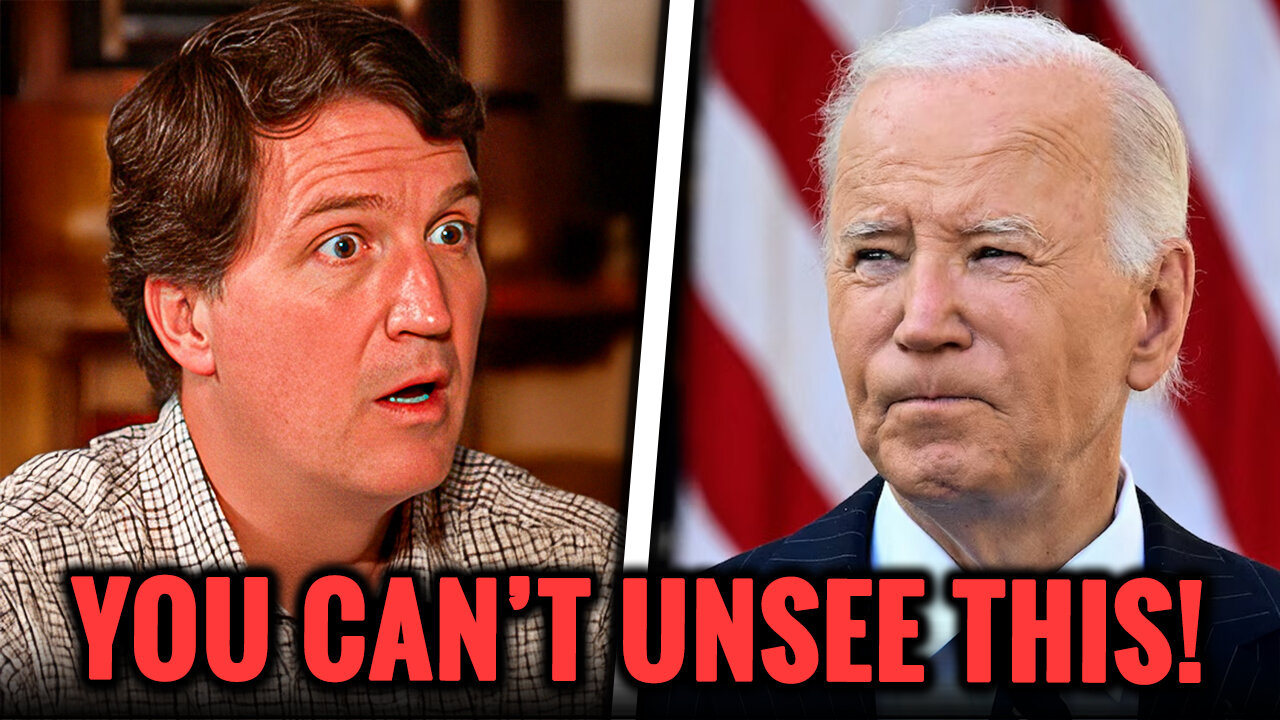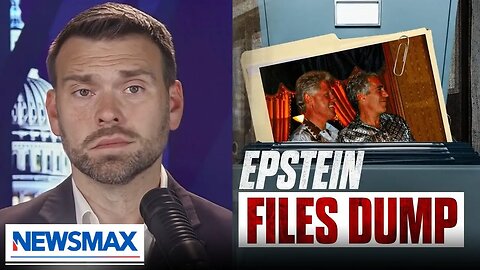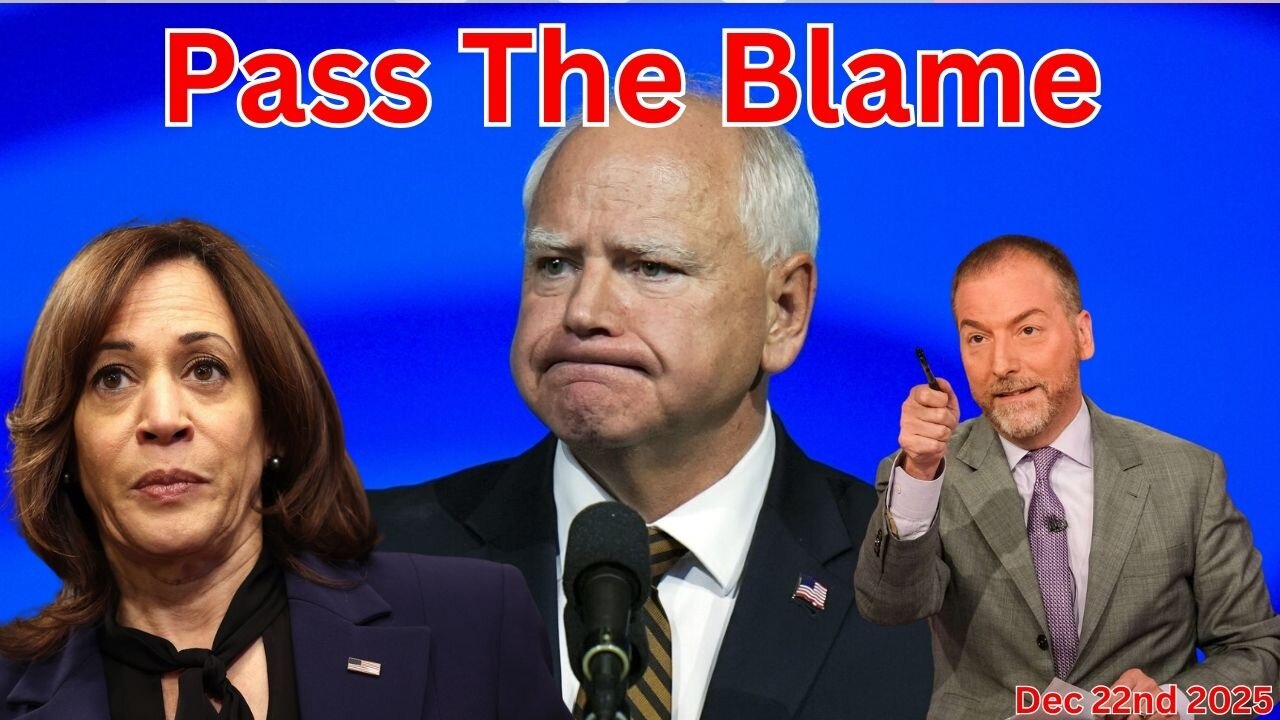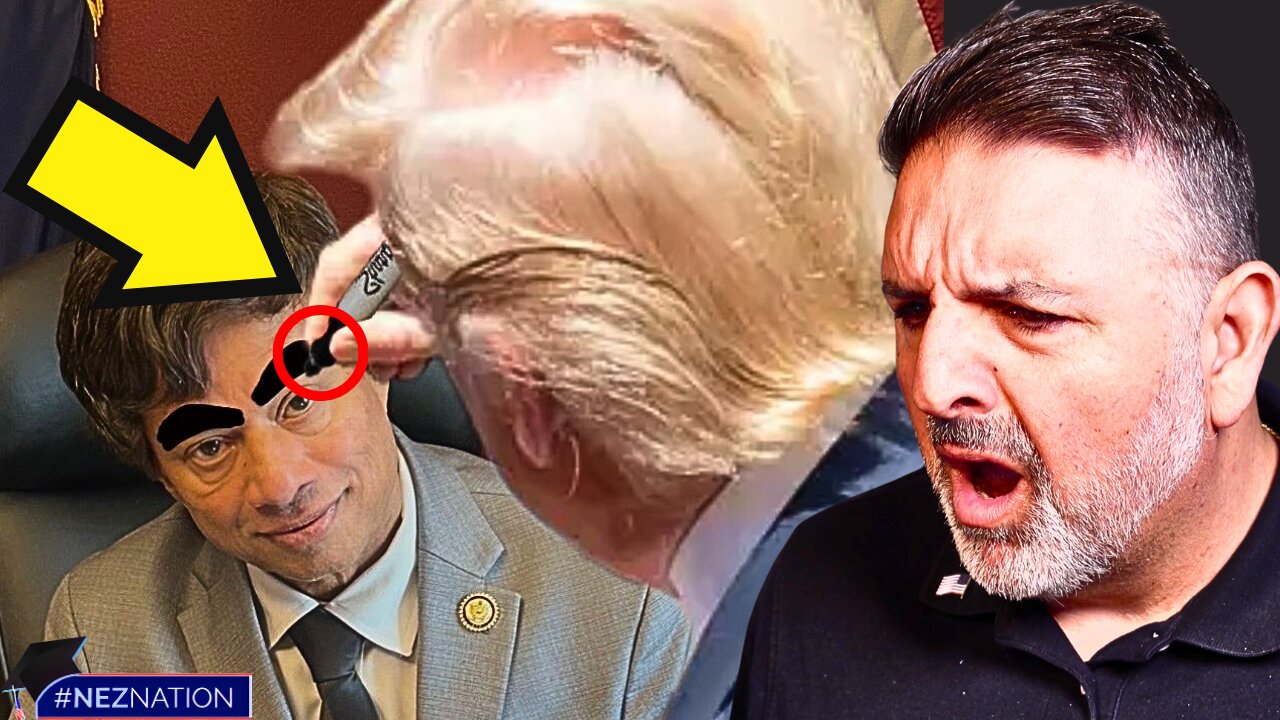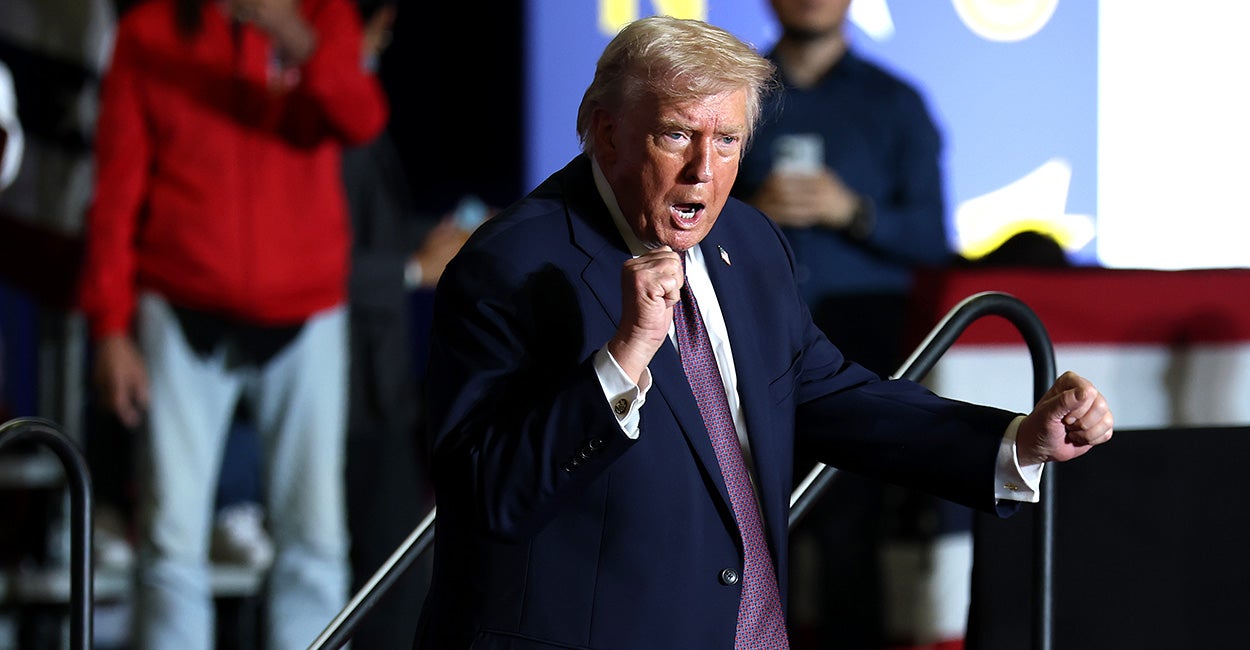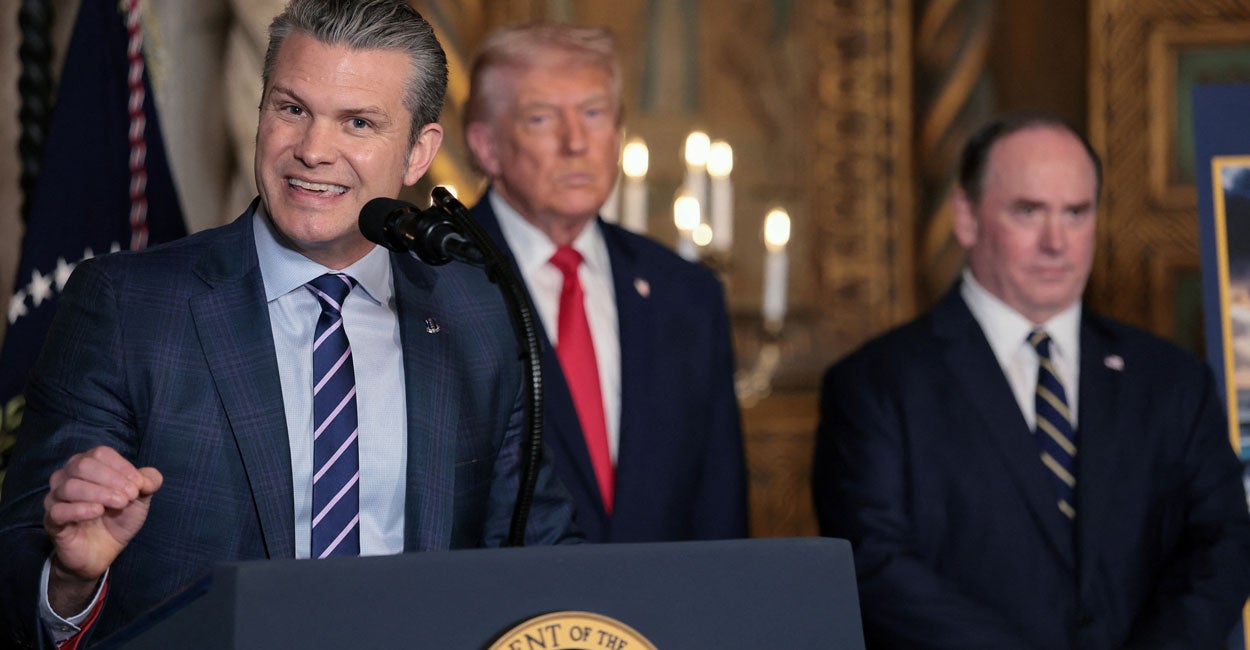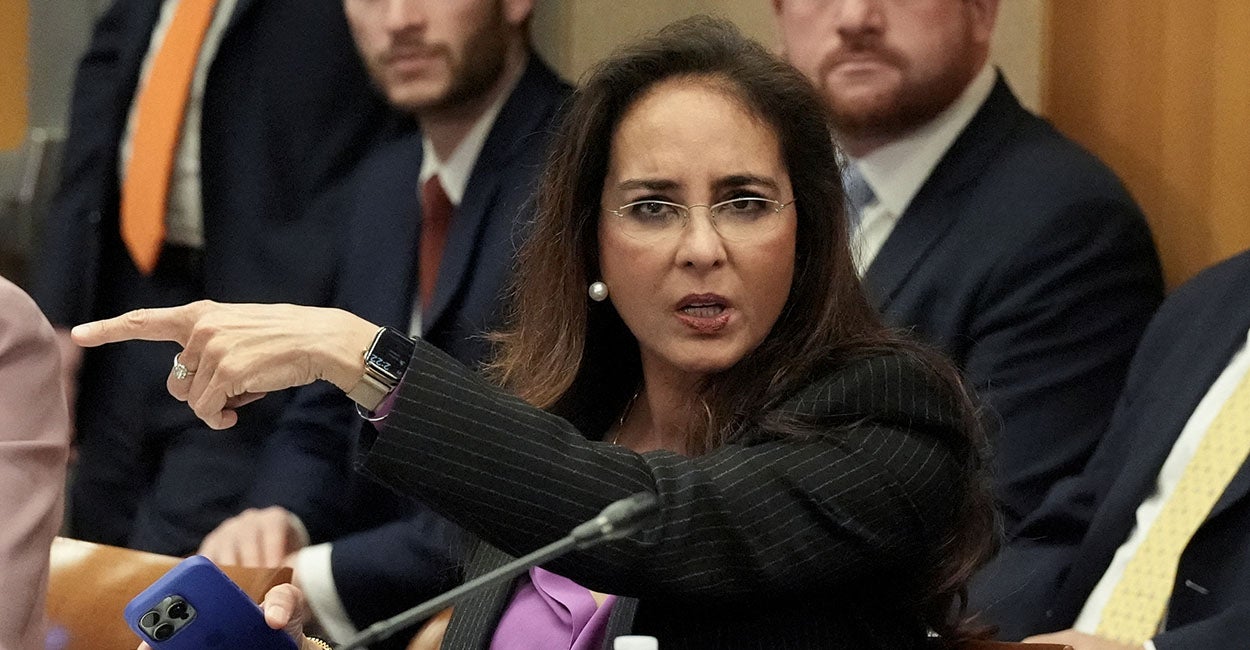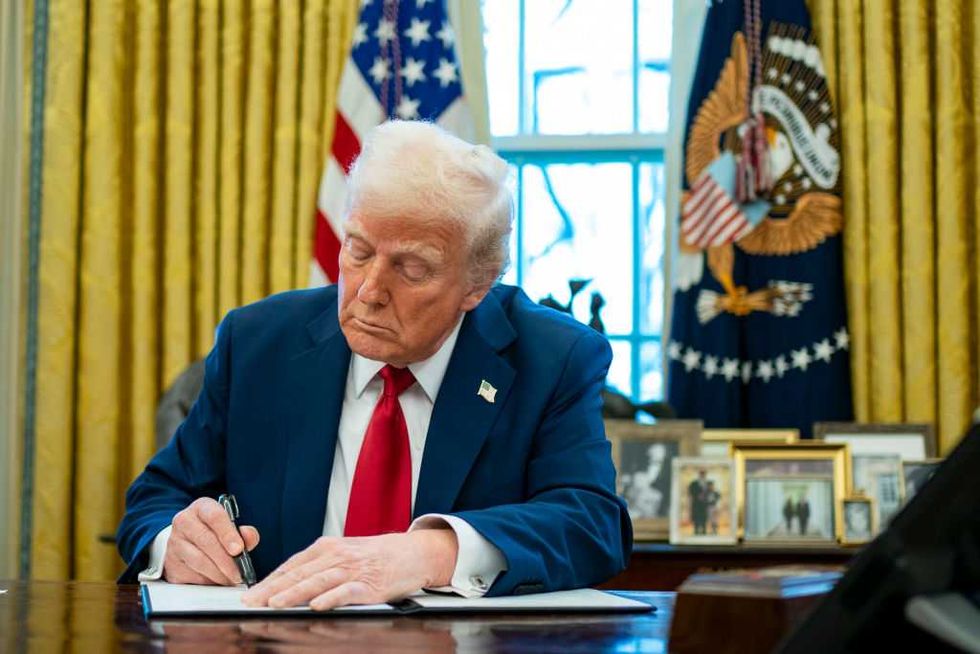With FY ’26 Looming, Congress Faces Major Decisions on How Government Is Funded

In the coming weeks, Congress could decide whether government funding is set by traditional bipartisan spending bills, or through temporary funding measures and quick-fix, surgical spending cuts.
Live Your Best Retirement
Fun • Funds • Fitness • Freedom
The Senate is staying in session for part of its typical August state work period, laboring through a hot Washington summer to confirm President Donald Trump’s judicial and executive branch nominees.
But amid the feverish push to confirm those nominees, Congress has a deadline to fund the government for fiscal 2026 by the end of the current fiscal year on Sept. 30 and avoid a government shutdown.
For years, Washington has failed to follow the traditional appropriations process, which involves passing 12 individual appropriations bills that fund different parts of the government for a year. The Senate has yet to pass one of these, although four have cleared their committees.
Senate Majority Leader John Thune, R-S.D., a lover of Senate precedent, has made clear he’d like to get back to something resembling the traditional process.
“We very much want to see restraint in spending so that we can start dealing with the debt and the deficits,” he said Tuesday, about a week after the federal debt hit $37 trillion. “The best way, at least right now, to do that is to have a normal appropriations process.”
Republicans in the Senate want to get to work on that bipartisan process by advancing four bills in one package, or “mini-bus”: bills for military construction and veterans affairs; agriculture; commerce, justice, and science; and the legislative branch.
For some top appropriators, getting back to the normal process is about more than just restoring traditions—it’s part of restoring the Senate’s power of the purse after recent stopgap funding extensions and rescissions packages.
The federal government is currently running on roughly the same funding levels as under former President Joe Biden, due to a March continuing resolution, and the White House successfully pushed Congress to cut out $9 billion in funding to foreign aid and public broadcasting in July.
Some senators view that as a departure from the ideal of passing bipartisan spending bills each year and sticking to them.

Sen. Susan Collins, R-Maine, who chairs the Senate Appropriations Committee, has said she would like for Congress to return to setting budgets through the traditional process.
“The appropriations process is the key way that Congress carries out this significant constitutional responsibility. We must not abdicate our constitutional responsibility for the purse,” said Collins, who voted against that rescissions package from the White House that cut funding to public broadcasting and foreign aid.
Sen. Lisa Murkowski, R-Alaska, who also serves on the Appropriations Committee and likewise voted against the rescissions package, has similarly advocated for a return to the bipartisan funding process over more exotic measures.
“I do not think that should be our path,” Murkowski said in July of rescissions packages. “It’s not legislating. It’s basically the White House saying this is what we want you to do. Take it or leave it.”
Passing the four appropriations bills in a timely manner would certainly be a boost in momentum for advocates of the appropriations process as the Sept. 30 deadline approaches.
There is a small problem, however; namely, opposition from Sen. John Kennedy, R-La., to bundling the legislative branch funding bill into the “mini-bus” package.
The legislative bill would provide additional security for members of Congress in the wake of the killing of a Minnesota lawmaker, and passed by a vote of 26-1 through the appropriations committee on July 10.
It also provides billions of dollars for typical expenses: Lawmakers’ and staffers’ salaries, as well as maintenance of the Capitol building and district and state offices.

“I’m voting against the [legislative] bill,” he said last week. “That portion of our budget is up like 32% over the past few years, and while we’re cutting everybody else, we shouldn’t be giving ourselves extra money. So, I told them if they lumped it in, I was going to vote against the whole thing.”
Kennedy, although aligned with leadership in expressing support for cutting spending, has expressed skepticism about bundling together appropriations bills as a means of making real cuts to federal spending.
“Look, I’ve been here for 10 years. I’ve seen us reduce spending in the federal budget one time—the rescission package that we just passed,” he said. “Anybody with a brain above a single-cell organism knows we need to be reducing spending. You will never see it happen in the current appropriations process.”
Whether or not the Senate is able to advance appropriations bills before the end of the fiscal year will be a major development in the war of ideas between advocates of rescissions packages and continuing resolutions on one the hand and the advocates of the normal appropriations process on the other.
There is, of course, a middle ground, as Thune has in the past advocated both rescissions packages and continuing resolutions, while also supporting the typical appropriations process as an ideal to follow.
The post With FY ’26 Looming, Congress Faces Major Decisions on How Government Is Funded appeared first on The Daily Signal.
Originally Published at Daily Wire, Daily Signal, or The Blaze
What's Your Reaction?
 Like
0
Like
0
 Dislike
0
Dislike
0
 Love
0
Love
0
 Funny
0
Funny
0
 Angry
0
Angry
0
 Sad
0
Sad
0
 Wow
0
Wow
0









